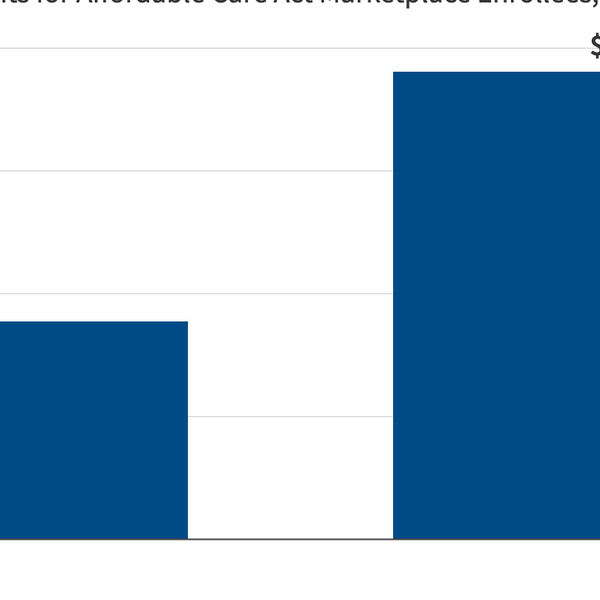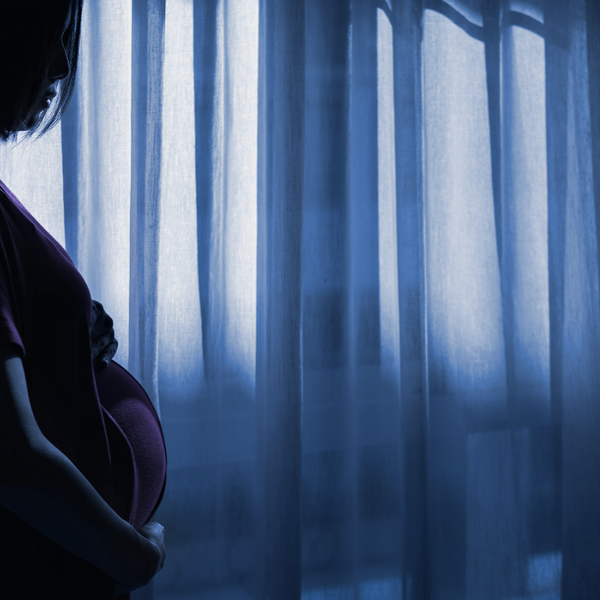
Donald Trump wasn’t expected to go far in this election. His “ceiling” was thought to be 35-40 percent of the GOP electorate, and many, including myself, linked his support primarily to white working class voters. But he’s still here, and he’s still way ahead.
Trump’s support goes beyond what we thought. As the Washington Post reported at the beginning of this month, exit polls “show his supporters as a mix of men and women who are mostly white but not exclusively. Their salaries, education levels, religious beliefs and degree of conservatism run the gamut.”
YouGov polls have found that 20 percent of Trump supporters describe themselves as “liberal” or “moderate,” 65 percent as “conservative,” and only 13 percent as “very conservative.” He also pulls from a base of self-identified Republicans who are still registered as Democrats.
Exit polling from Florida showed Trump receiving the support of 58 percent of voters earning $30-50,000, 45 percent of those earning $50-100,000, and 47 percent earning $100-200,000. Those numbers aren’t heavily skewed towards the working class and show much more even voting distribution than one would expect, given the narrative surrounding Trump.
The same polls also showed that, when asked whether they thought the next president should have political experience or come from outside of the establishment, the majority of Florida voters agreed with the latter. Those respondents overwhelmingly voted for Trump. Additionally, RealClearPolitics found that “most of his support comes from candidates already in the race and not from newly inspired voters.”
A wide swath of people support Trump because they’re pissed. A July 2015 poll showed that 42 percent of adults were unhappy with the direction of the country. They wanted change, and they saw in Trump a candidate who had already changed the norms of electoral politics. So while he may have a passionate base among the working class, that demographic does not solely define Trump supporters.
In many ways, Trump’s bombast has not only driven the media absolutely crazy, but has also stopped them from taking seriously the underlying political and economic issues in this election. Their narrative of Trump supporters doesn’t offer much variety, and plays into a classist critique that we’ve seen time and time again.
The history of America politics seethes with disdain for the poor, including poor white people. As Kelly Kidd writes at Mic.com, “Americans tend to view poverty, especially white poverty, with judgment, derision, and blame. By objectifying poverty, Americans allow themselves to perceive the poor as mere stereotypes of laziness or stupidity, rather than people worthy of compassion and support.”
This despite the fact that they’re also regularly dying at younger ages than many of their peers, with recent research arguing that “Between 1998 and 2013… white Americans across multiple age groups experienced large spikes in suicide and fatalities related to alcohol and drug abuse—spikes that were so large that, for whites aged 45 to 54, they overwhelmed the dependable modern trend of steadily improving life expectancy.” Additionally, male wages at the bottom fifth of the income ladder have fallen by over 30 percent since the late 1960s, while inequality has simultaneously exploded.
Even as the media continues to portray Trump supporters as ignorant poor people, it largely ignores what it means to be poor in America.
We need to start addressing Trump and his supporters outside of the notion that he is a bad hairdo and his supporters are poor white racists. That misses the larger opportunity we have to confront the reality: that Trump appeals to a substantial number of Americans. And let’s face it, insulting people doesn’t change their political opinions. Unfortunately, neither do facts.
So what now?
We should start by looking at the issues themselves: economic degradation and people who were left behind by a globalized American economy; terrorism and the underlying factors that lead to ideological violence; the need for campaign finance reform to combat the appeal of nebulous terms like “authenticity” and “outsider.”
These aren’t white working class issues, these are issues that concern a wide cross-section of people. Our political media needs to address them, or they’ll be stuck addressing the ugly prejudices that rush to offer their own explanations for Americans’ problems.
Photo: Trump supporters (R) voice their opinions at anti-Trump protesters following a campaign rally for Republican U.S. presidential candidate Donald Trump in Cleveland, Ohio, March 12, 2016. REUTERS/Rebecca Cook








